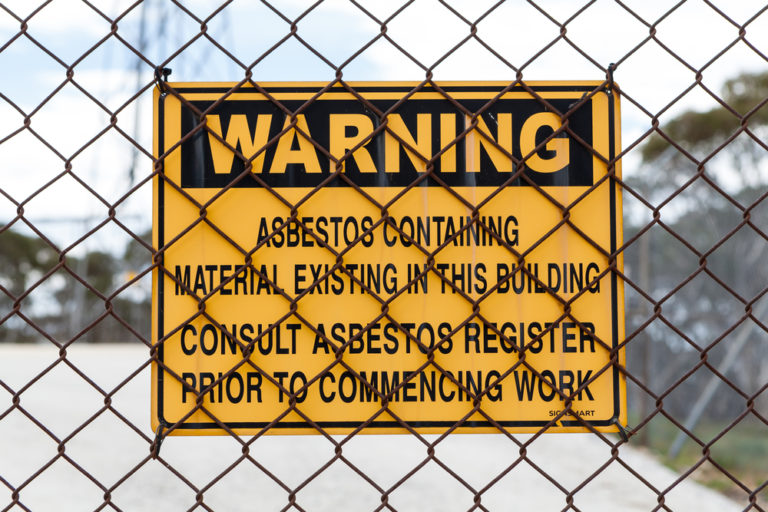
“The importation of banned materials, such as asbestos, raises very serious concerns about the capacity of Australian authorities to deal with this issue, particularly in light of our open and dynamic trade environment.”The report calls for:
“The committee believes that increasing the number of successful prosecutions and reviewing the quantum of penalties would have a significant deterrent effect on the illegal importation of asbestos.” Parliamentary reportThe committee also wants other states and territories to follow Queensland’s lead, by imposing a chain of responsibility around non-conforming products.
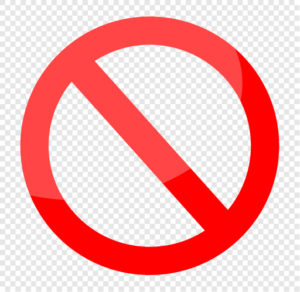
Contents
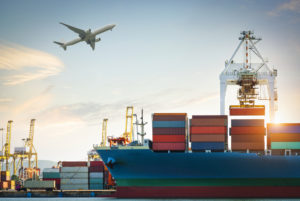
If you’re an importer and your product has asbestos in it, unless you’ve done everything possible to check and double check, you should face a potential jail term. Former Senator Nick XenophonThere’s evidence the deadly compound is sneaking into Australian buildings through illegal Chinese imports labelled as being “asbestos free”. State authorities found more than 50 sites with asbestos in buildings across the nation, according to a 2016 news report. This was in the form of tainted concrete fibre sheeting. At the time, 13 sites in Queensland were being monitored, in addition to other parts of Australia. Experts say the asbestos ban isn’t doing enough to prevent illegal imports. They’re worried about tradespeople, who aren’t trained to handle contaminated products labelled as asbestos-free.
“It’s an emerging problem and it seems to be growing exponentially, as more and more products are brought into Australia, because of the wind-down of manufacturing in this country,”Asbestos Safety and Eradication Agency CEO Peter Tighe told the ABC.
“What we’ve really got now is really an indication which could be the tip of the iceberg.”he said. China isn’t the only nation that still uses asbestos. Russia, India, Canada and the United States also haven’t banned the substance. So far, asbestos has been banned by 55 countries, including Australia.
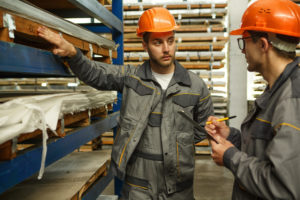

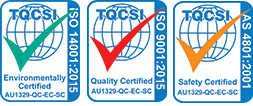

© Copyright 2022 TPM Builders. All rights reserved.